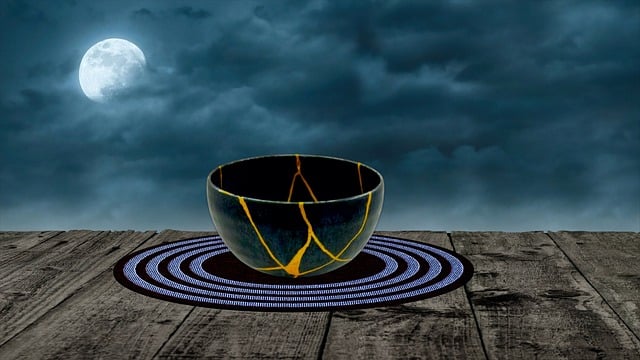The Albanese Labor Government is reinforcing ties with a vital trading partner, with applications for the Australia-India Strategic Research Fund (AISRF) opening tomorrow.
Australian researchers will share in $4 million of funding through the AISRF Round 16. Grants from $200,000 to $1 million are available per project.
Collaborations can include joint research projects, workshops, fellowships and institutional partnerships.
The AISRF - backed by the Albanese Government - is Australia's largest bilateral program dedicated to science and has supported over 370 collaborative activities since it was established in 2006.
To be eligible for funding projects must address priority areas and challenges common to both Australia and India. The priority areas are:
- Critical minerals processing technologies and methods
- Quantum computing and communications
- Remanufacturing and product end-of-use recovery, including electronic waste recycling
- Biomanufacturing for industrial and consumer products, including biochemicals, biofuels and novel bio-based minerals
- Biotechnology for improved agricultural productivity and climate resilience (including food security or renewable feedstocks)
- RNA vaccines and biotherapeutics (immunotherapy)
The AISRF is jointly administered by Australia's Department of Industry, Science and Resources (DISR), and the Indian Government's Department of Science and Technology and Department of Biotechnology.
Australia and India are long-standing research partners, with 2025 marking the 5-year anniversary of the Australia-India Comprehensive Strategic Partnership and next year to see 20-years of the AISRF.
Applications are open until 16 March 2025.






